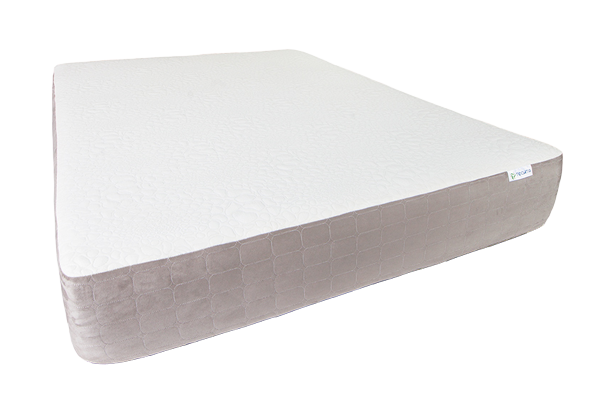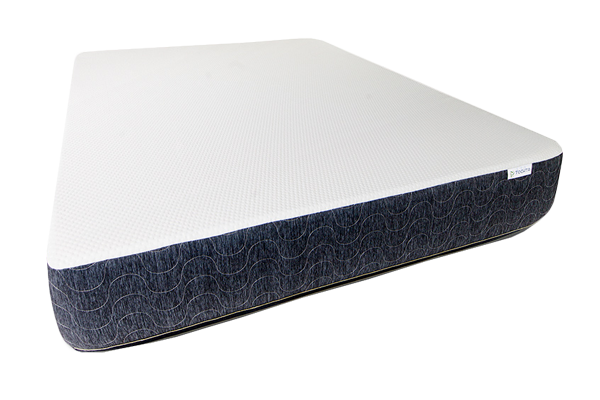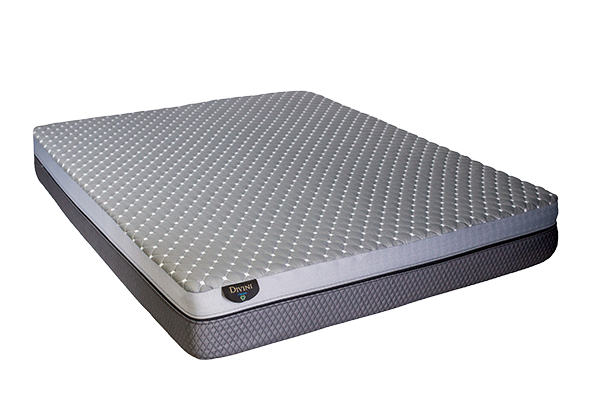
An AAA Foundation for Traffic Safety analysis found that 16.5% of all fatal crashes involve drowsy driving. That equates to 5,000 deaths per year.
Yet with nearly one in three Americans suffering from sleep deprivation, stats like these shouldn’t surprise you. They should concern you, though.
After all, 40% of drivers admit to falling asleep at the wheel at some point during their driving careers. Clearly, drowsy driving is a serious problem.
What Is Drowsy Driving?
Picture this scenario: You’re driving. You yawn. Your head begins to nod. And your eyes begin to close.
In this situation, you should probably take a nap instead of drive, right?
This is drowsy driving.
Also known as sleep-deprived driving, drowsy driving occurs when you’re too sleepy or fatigued to operate your vehicle properly. This puts you, your passengers, and other motorists and pedestrians at risk.
The CDC notes drowsy driving affects your ability to pay attention to the road and make good decisions. Much like drunk and impaired driving, drowsy driving slows your reaction time, presenting a higher likelihood of a crash in the event you need to brake and steer away quickly.
According to research published by the National Sleep Foundation, driving after not sleeping for 24 hours is like driving with a blood alcohol concentration (BAC) of 0.10. That means someone who hasn’t slept for a day is essentially as dangerous as a legally drunk driver.
Who’s Most at Risk for Drowsy Driving?
A DrowsyDriving.org article states it best: “since all humans require sleep on a daily basis, any driver can succumb to fatigue or be at higher risk” for drowsy driving, especially when they don’t get “adequate sleep (both in quality and quantity).”
As the National Highway Traffic Safety Administration notes, drowsy driving can stem from one or a combination of factors, such as:
- interrupted or fragmented sleep, like having to wake up to care for your baby
- a late shift at work that affects circadian rhythms (biological clock)
- use of medications that make you sleepy, like sleep aids
- alcohol and/or narcotics consumption
- a lengthy, monotonous drive
- health issues (like insomnia)
While drowsy driving can happen with anyone, certain groups remain more prone to it. For instance, teens and young adults (18-29) have a high risk of drowsy driving, mostly due to sleep deprivation and late nights working or studying. The National Sleep Foundation also finds that men have a higher risk of drowsy driving than women (56% to 44%).
Additionally, as noted in the list above, one’s work can cause drowsy driving. For example, shift workers, commercial drivers, and business travelers all are more prone to drowsy driving because of irregular schedules.
For road safety officials and police, drowsy driving can be difficult to stop. Officers can cite drivers for reckless driving and many states have passed legislation to penalize fatigued driving. Furthermore, states have taken steps to educate the public about the dangers of drowsy driving through initiatives like Drowsy Driver Awareness Day.
However, the bulk of the responsibility remains on individual drivers. Without a commitment from drivers to be fully alert while on the road, drowsy driving will continue to take lives.
Tips to Prevent Drowsy Driving
First, learn the signs of drowsy driving. They include daydreaming, constant yawning, trouble remembering the last couple miles you’ve driven, and difficulty keeping your head up. Signs drowsy driving is impacting you include:
- drifting outside your lane
- hitting a shoulder rumble strip
- missing your exit or not noticing traffic signs
- tailgating the vehicle in front of you
So, how do you prevent drowsy driving? The National Sleep Foundation and the AAA Foundation for Traffic Safety have laid out a good plan:
- Get 8 hours of sleep each day: Before leaving for a trip, plan ahead! Prior to your trip, make sure you have all necessary travel gear and equipment ready to go so you don’t have to prepare right before you leave. A good night of sleep can refresh your body for the long drive up ahead. Getting refocused and ready to go makes the ride feel less groggy and more lively.
- Take a passenger with you on long drives: It’s always more fun with people in the car. On any road trip, it’s always better to have someone with you in the vehicle to keep you company. From simple conversation to even carpool karaoke, having someone with you keeps you constantly engaged with that person which helps you stay awake as well. Plus it’s always more fun to have someone with you on the road too!
- Make regular stops, such as every 100 miles: When going on a long trip, it is recommended that making regular stops help with the overall mood of the driver. Going long distances can sometimes feel very cramped and uncomfortable. After every 100 miles, making quick pit stops or just getting out of the car to stretch can help the driver feel better for the next portion of the drive. Taking frequent stops also gives you the chance to witness some of the amazing sights on these long drives!
- Don’t drink any alcohol or take any medications that may make you tired: Alcohol should be avoided by all drivers under all circumstances. Not only does alcohol impair bodily motor functions, it also prevents the driver from staying awake as it is an ingredient for drowsiness as well. Avoiding alcohol before driving keeps you more attentive and aware of everything happening on the road.
- Avoid the night drive: Often times, drivers think that driving late at night is better since there’s less cars and less traffic. Although that may be true, driving between 12 and 6 am is the worst time for your body to be driving. The biology of your body is adjusted to sleep between those hours, which makes you feel more drowsy during those times. While on the road, it’s best to avoid driving during those hours so that your body wouldn’t feel as exhausted and tired based on the time of day.
- Stay caffeinated: One of the easiest way to help stay awake on the road is to stay caffeinated. A lot of times, drivers would have a cup of coffee with them to sip on. Caffeine helps the user stay more alert and attentive of the road. However, be wary because caffeine lasts only a couple of hours so the feeling of exhaustion can always come as a surprise.
There are lots of other tips to use. For instance, science shows chewing gum improves mental focus. Eating healthy can give you a physical and mental boost. And listening to energetic music can enhance your mood and make you more fit to drive.
When driving on the road for an extended period of time, drowsiness is bound to occur. A good sleep beforehand can go a long way for the drive ahead. However, if you don’t happen to get that sleep in, a good rest during the trip is always recommended.
Picking the right mattress for your vehicle is hard to find especially when most are already measured and premade. Tochta offers RV mattresses that are easily customizable to fit the dimensions of your space. You can determine the size, shape, and thickness of the mattress and have it at your front door in two weeks or less. Tochta is set on your satisfaction, offering a 100 night free trial. If you don’t like the mattress, you can always return it for a full refund. The comfort that a Tochta mattress has to offer for your quick nap on the road is more than enough to keep your body refreshed and ready to go! Customize your own mattress here.


